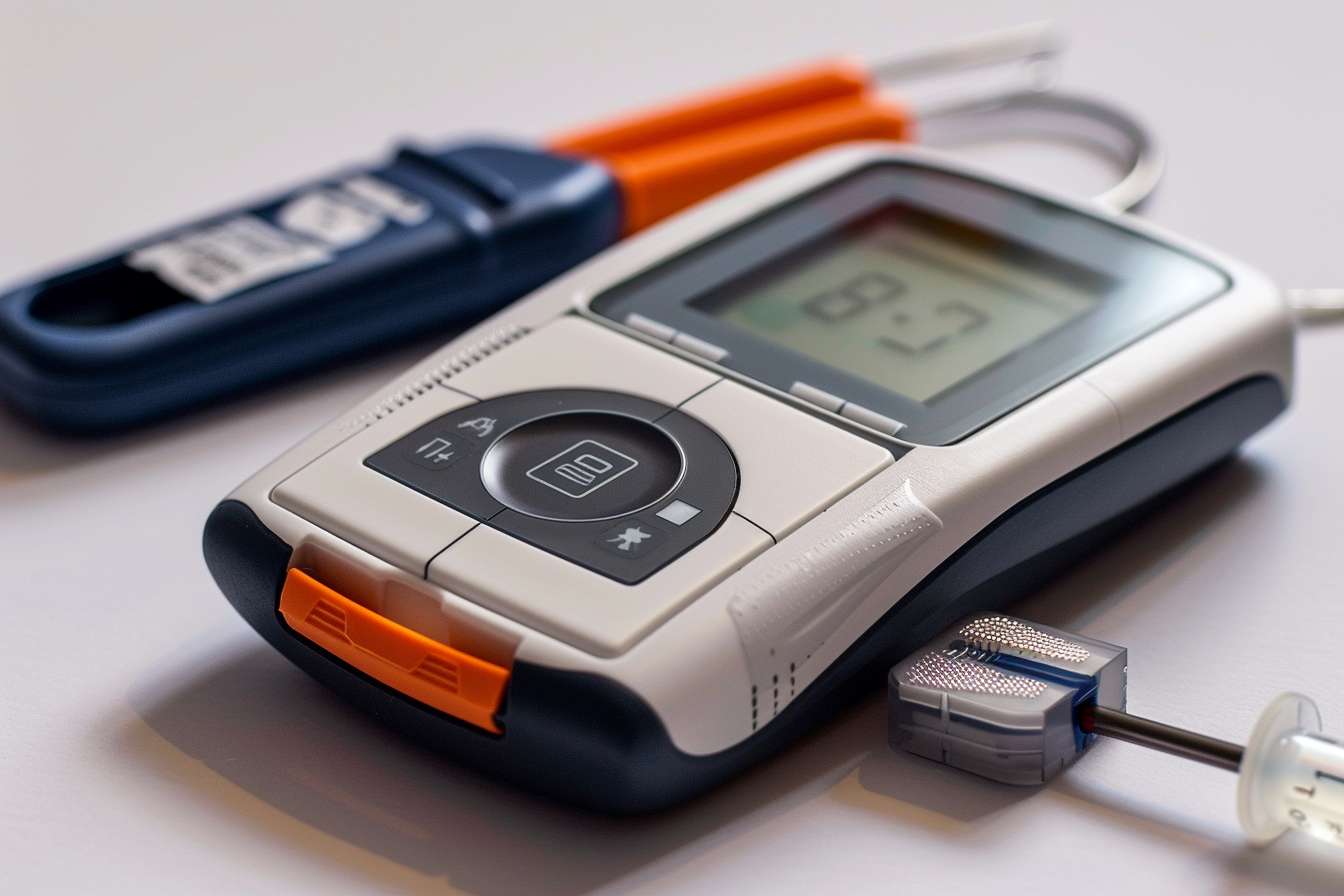Government Programs Offering Access to Wearable Glucose Monitors
Continuous glucose monitors have transformed diabetes management by providing real-time blood sugar readings without frequent finger pricks. Many people with diabetes struggle to afford these devices, which can cost hundreds of dollars monthly. Fortunately, various government programs and public health initiatives now offer coverage or access to these life-changing wearable technologies, making them more accessible to individuals who need them most.

What Do CGMs Actually Do?
Continuous glucose monitors are small wearable devices that track blood sugar levels throughout the day and night. Unlike traditional blood glucose meters that require finger pricks, CGMs use a tiny sensor inserted under the skin to measure glucose in tissue fluid. The device transmits data wirelessly to a smartphone app or dedicated receiver, displaying current glucose levels and trends over time.
These monitors provide valuable insights into how food, exercise, stress, and sleep affect blood sugar patterns. Users can see their glucose levels every minute, helping them make informed decisions about insulin dosing, meal timing, and activity levels. The technology has proven particularly beneficial for people with Type 1 diabetes and those with Type 2 diabetes who use insulin.
Real-Time Alerts Can Prevent Emergencies
One of the most significant advantages of CGMs is their ability to warn users about dangerous blood sugar changes before they become medical emergencies. The devices can be programmed to send alerts when glucose levels rise too high or drop too low, even during sleep when people cannot feel symptoms.
These early warning systems have reduced hospitalizations and emergency room visits among users. Studies show that CGM users experience fewer severe hypoglycemic episodes and maintain better overall glucose control. The alerts give people time to take corrective action, such as consuming glucose tablets for low blood sugar or administering insulin for high readings.
For individuals prone to hypoglycemia unawareness, where they cannot feel the symptoms of low blood sugar, these alerts can be literally life-saving. Family members can also receive notifications, providing an additional safety net for vulnerable users.
Cost Coverage Through Public Health Programs
Medicare covers continuous glucose monitors for beneficiaries with diabetes who meet specific criteria, including frequent insulin use and regular blood glucose testing. The program typically covers 80% of the cost after the deductible is met, with supplemental insurance often covering additional portions.
Medicaid coverage varies by state, but many states now include CGMs in their covered medical devices for eligible recipients. The expansion of Medicaid coverage has made these devices accessible to lower-income individuals who previously could not afford them.
Veterans Affairs provides CGM coverage through their healthcare system for qualifying veterans with diabetes. The VA has invested significantly in diabetes management technology, recognizing the long-term cost savings from preventing complications.
Some state health departments operate diabetes assistance programs that provide CGMs to uninsured or underinsured residents. These programs often partner with device manufacturers to offer reduced-cost or free monitors to eligible participants.
| Program | Coverage Details | Typical Cost to Patient |
|---|---|---|
| Medicare | 80% after deductible | $20-60 monthly |
| Medicaid | Varies by state | $0-25 monthly |
| Veterans Affairs | Full coverage for eligible | $0 |
| State Programs | Income-based assistance | $0-50 monthly |
Prices, rates, or cost estimates mentioned in this article are based on the latest available information but may change over time. Independent research is advised before making financial decisions.
Helping Seniors Maintain Independence
For older adults with diabetes, CGMs offer particular benefits in maintaining independence and quality of life. Many seniors struggle with traditional blood glucose testing due to arthritis, vision problems, or memory issues. CGMs eliminate the need for frequent finger pricks and provide clear, easy-to-read displays on smartphones or dedicated devices.
The technology helps seniors avoid dangerous blood sugar episodes that could lead to falls, confusion, or hospitalization. Family members and caregivers can monitor glucose trends remotely, providing peace of mind while allowing seniors to remain in their own homes longer.
Medicare’s coverage of CGMs for seniors has expanded access significantly, with many beneficiaries now able to afford devices that were previously out of reach. Healthcare providers report that senior patients using CGMs show improved diabetes management and greater confidence in their daily activities.
Conclusion
Government programs and public health initiatives have made continuous glucose monitors more accessible to people who need them most. From Medicare coverage for seniors to state assistance programs for low-income individuals, these initiatives recognize the important role of CGM technology in diabetes management and prevention of costly complications. As coverage continues to expand, more people with diabetes can benefit from the real-time glucose monitoring that helps prevent emergencies and maintain independence.
This article is for informational purposes only and should not be considered medical advice. Please consult a qualified healthcare professional for personalized guidance and treatment.




